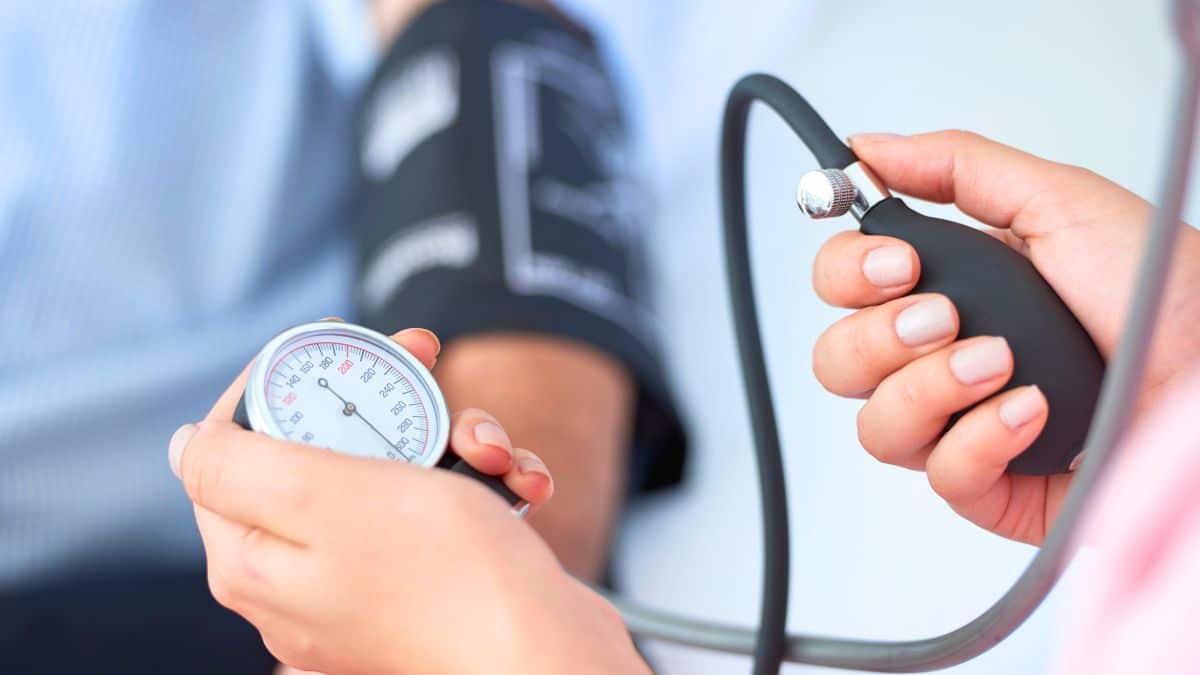Every day, an accessible habit can help your blood pressure. According to Harvard physicians, a brief walk after meals also lowers blood sugar. For many, this simple step is a game-changer that requires no equipment.
The post-meal mini-walk, validated by Harvard, for blood pressure
First, Harvard Health points to an everyday solution. Walking for 10 to 15 minutes after a meal helps smooth out blood sugar. That same window supports blood pressure through a gentle return to activity. What’s more, the short format is easy to stick with over time.
Clinical studies show that active breaks reduce metabolic strain. Short walks limit sugar spikes. They also lower blood pressure in sedentary adults. And the effect shows up even at a slow pace.
Why this habit works for blood sugar and blood pressure
To start, leg muscles take up glucose when they contract. This makes the insulin response more effective and blunts spikes. Next, blood flow increases and arteries dilate. This chain of events improves blood pressure after eating.
“A few steps, often, beat a long effort done rarely.”
To readExternal wall: repaint without streaks even if you’re a beginnerIn addition, repeated activation acts like a vascular reminder. The shear stress on vessel walls stimulates nitric oxide, a natural relaxant. As a result, blood pressure gradually drops in some people. In short, a small rhythm delivers big cumulative benefits.
Simple how-to for protecting your blood pressure day to day
After each main meal, walk 10 to 15 minutes at an easy pace. Ideally, head out within 30 minutes of your last bite. This way, both blood sugar and blood pressure benefit from the same habit. Aim for a cadence of 70–100 steps per minute, without getting out of breath.
-
Set a reminder right after breakfast, lunch, and dinner.
-
Choose a short, safe loop near home.
-
Keep flexible shoes by the door.
-
Drink a glass of water before you go.
-
Take 30 seconds to note your energy level when you return.
Busy days happen. In that case, break it up into several 3–5 minute walks. Take the stairs for two floors instead of the elevator. The total still helps protect blood pressure and fights drowsiness.
At the office, stand up at set times and walk around the building. Two to three loops of 2–3 minutes each are enough. Regular interruptions to sitting benefit blood pressure. Your afternoon energy will hold up better, too.
At-risk people, medications, and common questions
Before starting, talk to your clinician if you’re on diabetes treatment, have heart disease, or experience pain when walking. Otherwise, most adults can begin very gently. Measure your blood pressure at home during the first week. Then adjust the timing of your walk based on your readings.
Blood-pressure medicines and insulin can increase the risk of a sugar drop or a marked decrease in pressure. So keep a snack handy if you’re at risk of hypoglycemia. Also, stay hydrated and choose flat, safe ground. If you develop chest pain, stop and contact a doctor.
Tracking progress: numbers, sensations, and blood pressure
Measure while seated, in a quiet setting, after five minutes of rest. Take two readings one minute apart and record the average. Do this at fixed times for a few days. Consistency helps you interpret trends.
Set a simple, concrete, time-bound goal—for example, three post-meal walks a day for 14 days. Track the impact on your blood pressure and how you feel. You can also aim for 500 to 1,000 extra steps per day.
To stick with it, anchor the walk to an existing habit, like doing the dishes. Invite someone to join you to keep motivation up. In the evening, keep the pace gentle to support sleep. Slow breathing can further amplify the relaxing effect.
To readToilet limestone at the bottom of the bowl disappears fast without bleach or vinegarCrédit photo © DivertissonsNous


